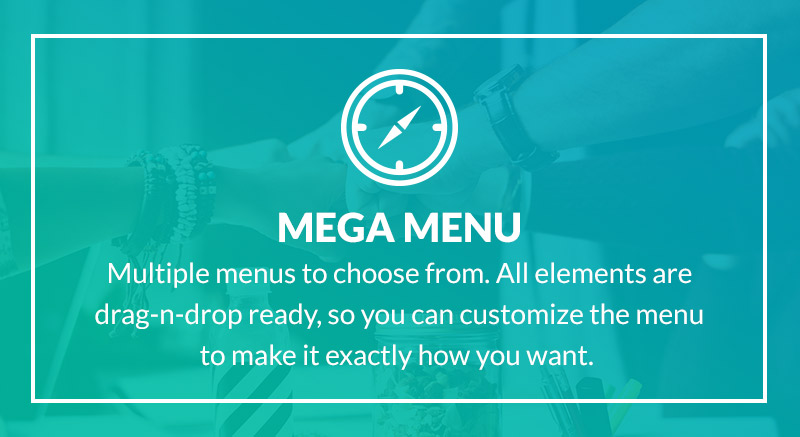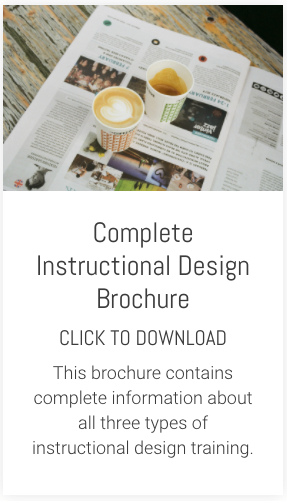There are plenty of websites and articles providing advice about how to assess and choose an e-learning authoring tool that’s right for you, your team or your organisation.
I’ve looked at many of them. One thing I've noticed time and time again? They only focus on comparing the software features of selected tools. Understanding the features and capabilities of the authoring tool you ultimately choose is hugely important; but it’s not the only consideration.
It’s easy to lose sight of the bigger picture. What about the people? What about the content you want to write and publish? These are all important elements that play a pivotal role in the development of e-learning. Elements that are easily forgotten in the rush to understand the detail of what a piece of software can or can’t do.
Leaving aside feature comparison, there are 3 broad areas you might want to focus on when you assess and select authoring tools: people and costs; content, design and quality; publication and distribution. In this blog post, I’ll cover just the first of these three points.
People and costs
A good starting point, clearly. Authoring tools vary so greatly in cost, that you need to be clear about what your limits are from the outset. At the very bottom end of the scale, you could go free or spend under a £100 on a single copy of a desktop tool; at the high end you could pay as much as £100,000 a year for a collaborative system available to hundreds of people.
Whatever your starting budget, is there some flexibility in what you can spend? I ask this because as you assess your requirements you may find you need something more than your original budget can handle. Equally, you could start off thinking you’ll need something sophisticated and expensive, only to discover less is more.
Some authoring tools are available by annual subscription (as opposed to owning the software outright). As a rule of thumb, subscription models tend to be more attractive to teams with bigger budgets, while standalone desktop tools are more attractive to individuals and small teams. There are pros and cons to both models but both are valid ways of getting hold of what you need.
Who's involved? This is a critical question. You need to take a couple of things into account. First, what job roles will be included as part of your team. Will it just be just instructional designers or will you have a range of other roles, and therefore, skills?
Will the people using the tool be adept at learning it or are they going to need quite a lot of training and coaching? Are they the kind of people who embrace change and new ways of working or will there be an uphill struggle to get them involved? Finally, will you have the resource and budget to provide technical support to your team if needed?
Will people developing the learning be experts in the subject matter or will they need to get this information from someone else? Do they have the right skills to do this? If they are the SMEs will you be in danger of getting a brain dump? In other words, do they understand the importance of audience analysis and shaping their content around the audience, rather than simply telling the audience everything they know?
Linked to this is the question of instructional design. Even if your SMEs are good at scoping content for their intended audience, do they understand the importance of good instructional design and the specific do’s and don’ts that apply to e-learning?
If your team is new to e-learning, you may have people brilliant at developing classroom courses, but no real experience of instructional design for e-learning. Some of their existing instructional design skills will be transferable, but their existing knowledge alone probably won’t be enough.










